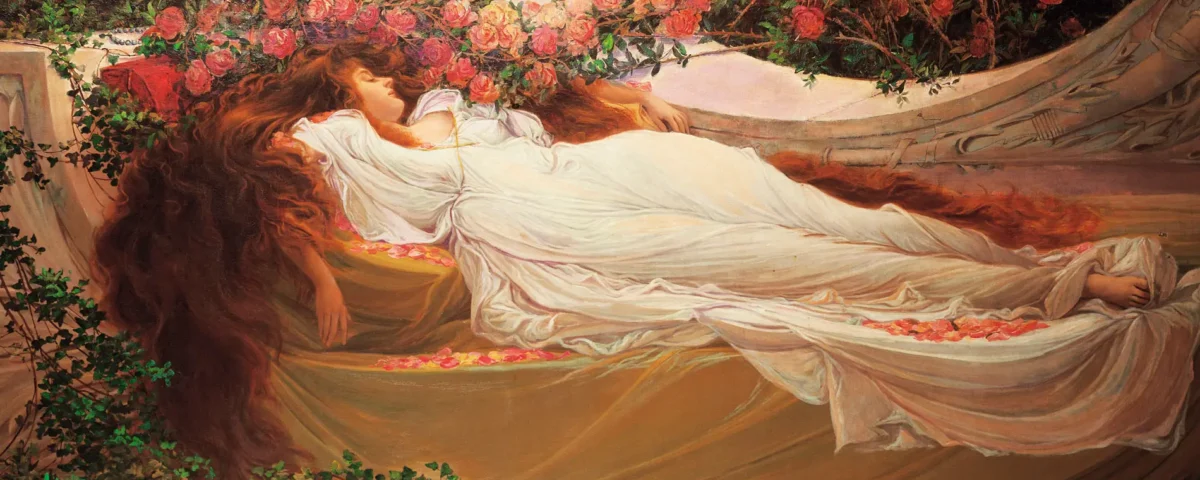
The Importance of Art in Life: Nurturing the Human Experience
April 11, 2024
Embracing Silence: The Path to Inner Peace
April 11, 2024Art has long been considered as an effective tool for learning and comprehending the intricacies of the human experience. Artists use many forms of expression to convey universal truths, profound insights, and timeless knowledge that transcend nations and generations. In this essay, we look at what art can teach us about life, from the depths of human passion to the pinnacles of spiritual transcendence.
- Embracing Diversity and Complexity: Art teaches us to embrace the diversity and complexity of human experiences, inviting us to explore the myriad facets of existence. Through the lens of art, we encounter stories, perspectives, and voices that differ from our own, expanding our understanding of the world and challenging our preconceptions. Whether through literature, visual arts, or performing arts, artists offer nuanced portrayals of human struggles, triumphs, and contradictions, reminding us of the richness and depth of the human spirit.
- Cultivating Empathy and Compassion: One of the most profound lessons of art is its ability to cultivate empathy and compassion for others. By depicting the joys, sorrows, and struggles of fictional characters or real-life individuals, art invites us to step into their shoes and experience the world from their perspective. Through this empathetic engagement, we develop a deeper appreciation for the diversity of human experiences and a heightened sensitivity to the suffering and aspirations of others. In a world plagued by division and conflict, art serves as a bridge that connects hearts and fosters solidarity among humanity.
- Inspiring Creativity and Imagination: Art sparks our creativity and imagination, encouraging us to envision new possibilities and explore alternative realities. Whether through surreal landscapes, futuristic visions, or fantastical narratives, artists push the boundaries of our imagination, challenging us to question conventional wisdom and think outside the box. By embracing ambiguity, uncertainty, and experimentation, we cultivate the creative resilience necessary to navigate the complexities of life and adapt to ever-changing circumstances.
- Seeking Truth and Meaning: Art prompts us to confront existential questions and seek deeper truths about the nature of existence. Through symbolic imagery, allegorical narratives, and metaphorical language, artists grapple with profound philosophical and spiritual themes, inviting us to ponder the mysteries of life, death, and transcendence. By engaging with art, we embark on a journey of self-discovery and introspection, exploring the depths of our own consciousness and grappling with the fundamental questions that define our humanity.
- Celebrating Beauty and Wonder: Finally, art teaches us to celebrate the beauty and wonder of the world around us, reminding us of the inherent value of creativity and expression. Whether through the sublime landscapes of the natural world, the exquisite harmonies of music, or the intricate patterns of visual art, artists evoke a sense of awe and reverence that transcends language and culture. In moments of aesthetic appreciation, we are reminded of the profound interconnectedness of all things and the inherent dignity of every living being.
Conclusion: In conclusion, art serves as a profound teacher that illuminates the depths of the human experience and inspires us to strive for meaning, connection, and transcendence. Through its diverse forms of expression, art fosters empathy, creativity, and contemplation, enriching our lives and expanding our horizons. By embracing the lessons of art, we cultivate a deeper appreciation for the beauty, complexity, and wonder of existence, and we are reminded of our shared humanity in a world that often seeks to divide us.

